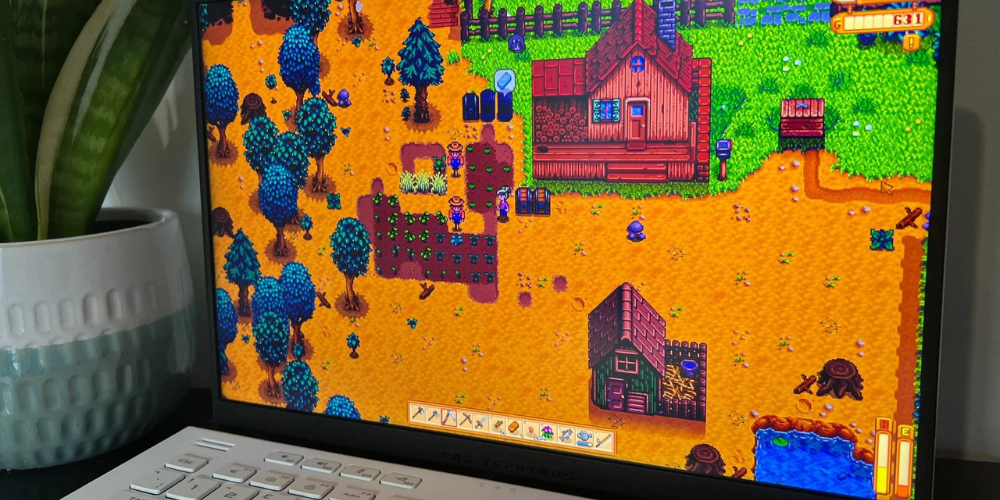Cultivating Prosperity on Your Digital Homestead: A Mobile Gamer's Guide to Stardew Valley
26 Jan, 2024

In the realm of pixelated pastures and simulated sowing, Stardew Valley stands out as a beacon for aspiring virtual farmers. This charming game, with its blend of farm management, life simulation, and role-playing elements, has captured the hearts of players worldwide. For mobile gamers in particular, Stardew Valley offers an escape into a rural paradise where the fruits of your labor are both literal and fulfilling. However, crafting a successful farm takes more than just casual play; it requires strategy, dedication, and a touch of digital green thumbs. In this guide, we'll sow the seeds of your future agricultural empire, providing a step-by-step approach to ensure your mobile farm flourishes.
Laying the Foundation: Choosing Your Farm Layout Wisely

Choosing the right farm layout at the beginning of your Stardew Valley journey is critical. Each available option caters to different playstyles and goals. On mobile, where screen real estate is limited, being strategic about your farm's geography can optimize your experience. The Standard Farm offers plenty of open space for traditional farming, which is ideal for those who want to focus on crops and livestock. The Riverland Farm, with its waterways and fishing opportunities, is perfect for players who prefer a more relaxed pace and scenic environment.
Consider your long-term objectives. If artisan goods are where you see your farm's future, the Forest Farm, with its renewable hardwood and foraging spots, can give you a significant boost. Conversely, if mining and combat are more appealing, the Hill-top Farm provides a steady supply of ores. For those who want a challenge, the Wilderness Farm brings nightly monster encounters, adding an extra layer of excitement. Remember that your choice sets the tone for your farm's development, so select a layout that aligns with your preferred style of play.
Investing in Growth: Crop Selection and Seasonal Planning

Success in Stardew Valley's agriculture hinges on strategic crop selection and seasonal planning. Each season brings a new set of crops to cultivate, and maximizing your farm's output involves choosing the most profitable and manageable plants. In spring, crops like strawberries (purchased at the Egg Festival) can yield high returns, while summer's starfruit and blueberries offer lucrative harvests. Fall's pumpkins and cranberries are essential for a profitable season, and winter presents an opportunity to focus on animal products and crafting.
The key is to plan ahead. Consider the length of each crop's growing cycle and its resale value. Mobile players should leverage the convenience of touch controls to organize their crops efficiently. Use the crafting menu to create sprinkler systems to save time and energy. This automation allows you to spend more time on other aspects of the game, like exploring the mines or socializing with villagers. Always keep an eye on the calendar and the weather forecast to maximize your farm's potential, planning your planting and harvesting around these factors to ensure you never miss a profitable opportunity.







